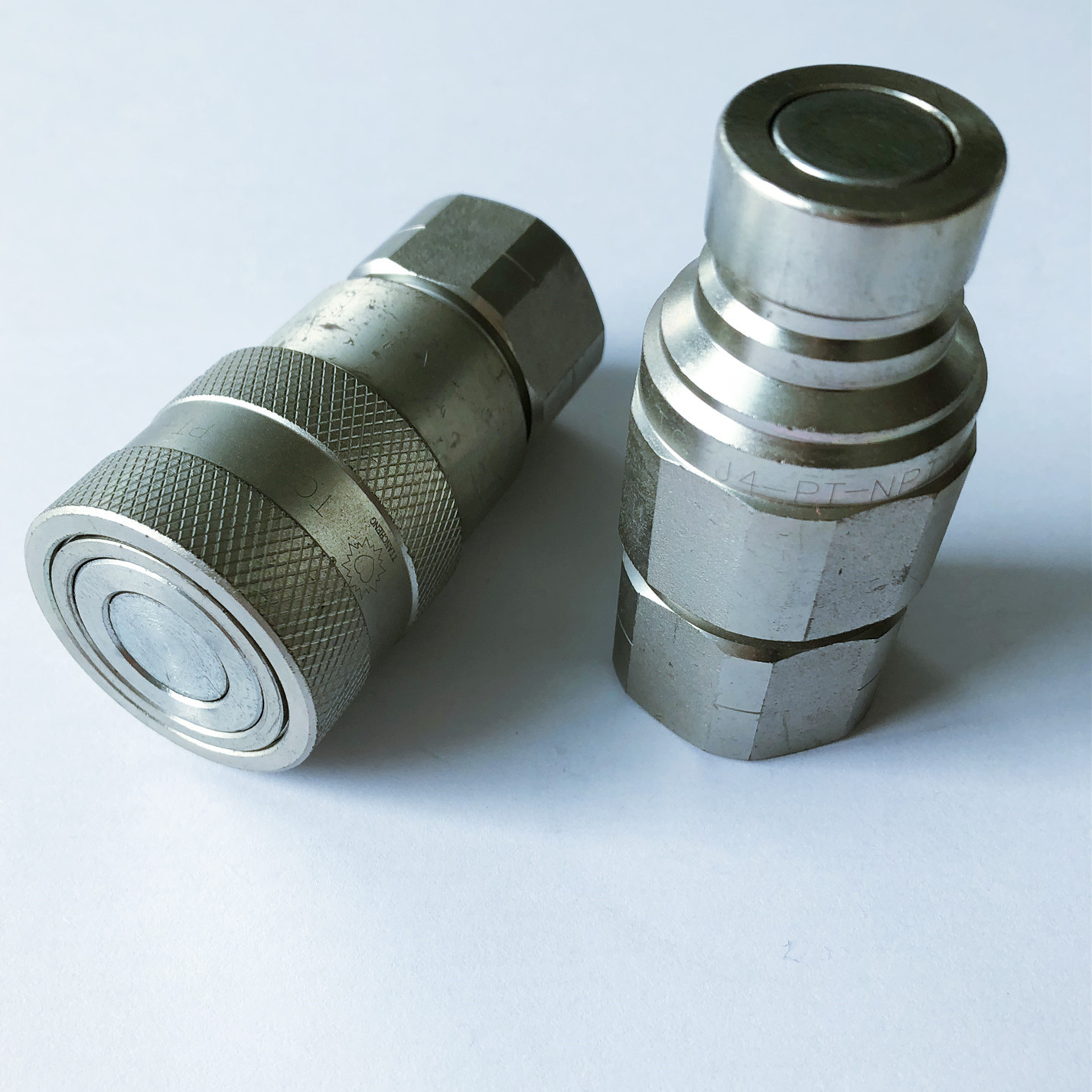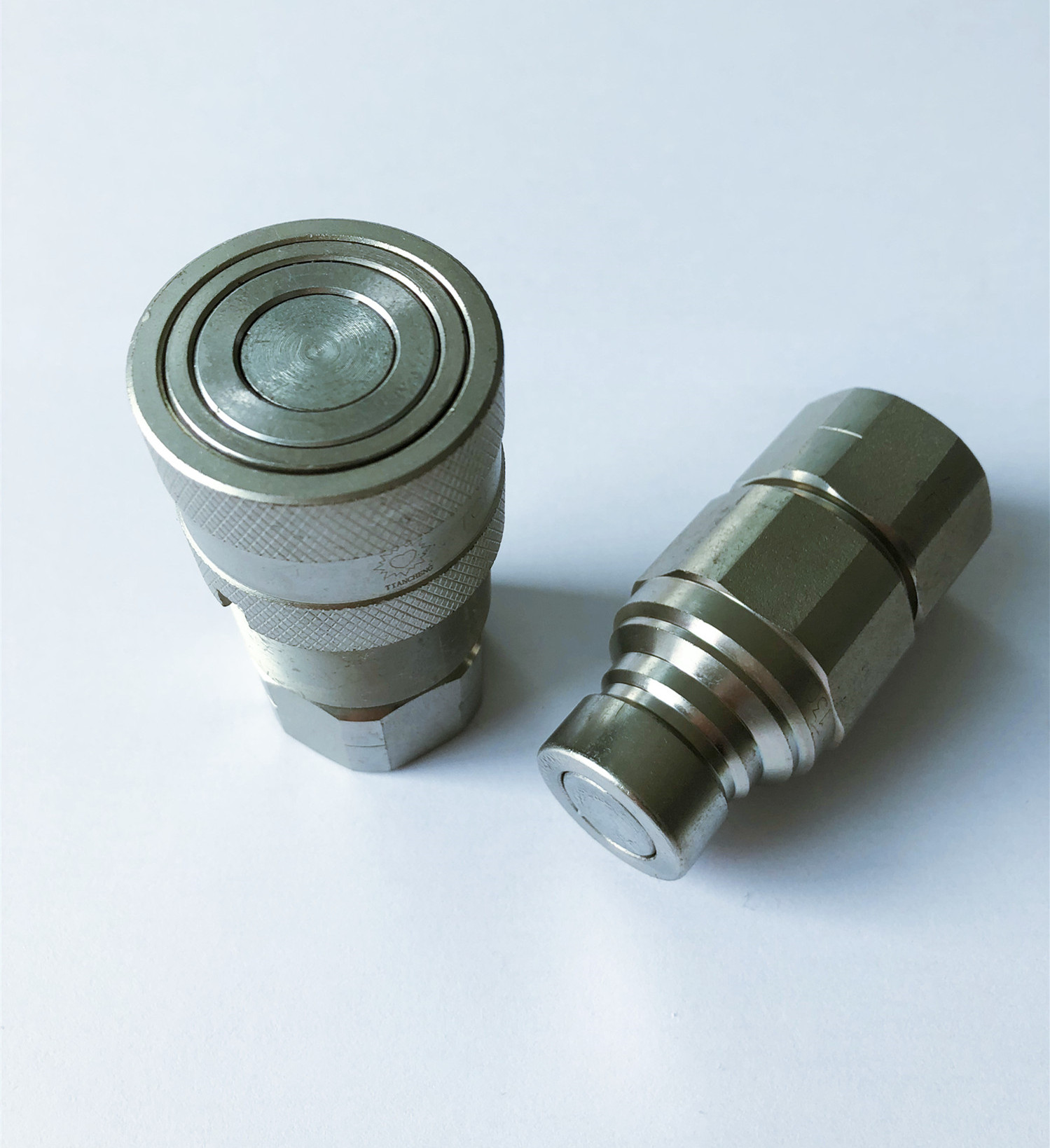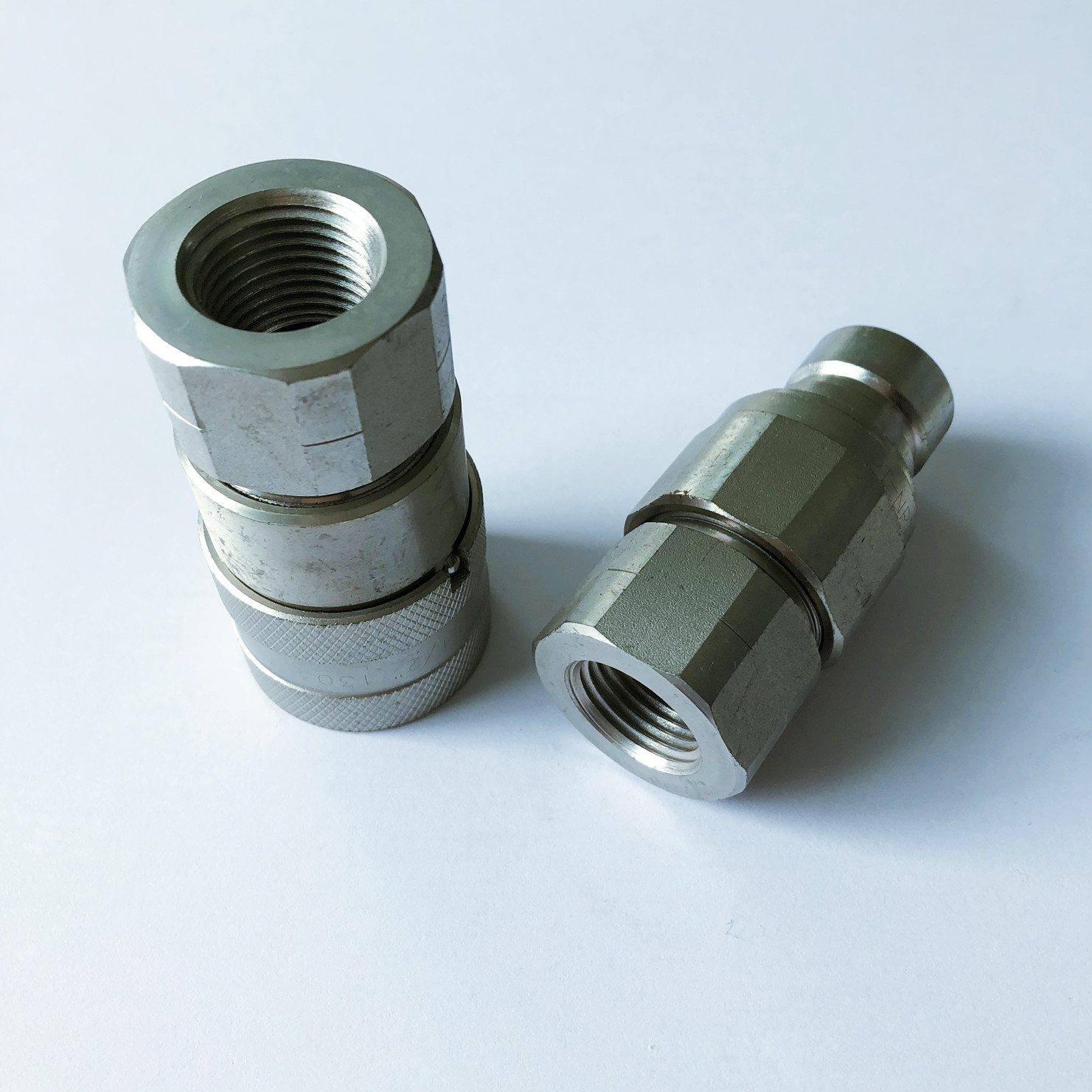Flame-retardant protective clothing refers to the protection of human body safety and health protective clothing when it comes into direct contact with flames and hot objects, which can slow down the spread of flame and carbonize the clothing to form a barrier layer. In labor protection work, it is an important part of individual protective equipment and has important significance for safe production.
1 Background and Status Analysis
According to statistics, the number of deaths from fires in the United Kingdom is about 1,000 each year, the number of deaths from fires in the United States is even more, there are more than 8,000 people each year, and 150,000 to 250,000 people are injured, and economic losses amount to 400 million U.S. dollars. At the same time, they are often found to be the most serious in fires. Burns originate from the burning of clothes rather than from the flame itself. Burns on the skin under burning clothing tend to be more severe than those directly exposed. If the clothes worn by the firefighters have flame-retardant and thermal protection properties, they can greatly reduce the degree of burns in the fire. At the same time, the protective clothing with excellent performance can also give the firefighters confidence and courage to increase the chance of saving lives in fires. , Minimize the damage caused by fire. In addition, as a body protection product that protects the safety and health of workers, flame-retardant protective clothing is widely used in metallurgy, petrochemical, and welding industries. Therefore, research on textile flame retardant technology, development of various flame-retardant textiles, and development of resistance The laws and regulations for burning textiles have become important topics for people to study.
The materials used in the early flame-retardant protective clothing were the addition of chemical flame-retardant additives to fibers or flame-retardant treatment of fabrics. Its flame retardant properties are temporary and will be reduced by washing until it disappears. Its wear resistance, anti-static properties, chemical resistance are poor, thermal protection performance is also poor. At present, flame retardant protective apparel fabrics are more advanced internationally using high-tech, permanent heat-resistant fire-retardant fiber materials such as aromatic polyamides, aromatic polyimides, and polybenzimidazoles, and they also have resistance to fiber components in fabrics. High-temperature fiber, high-strength and low-stretch armor fiber and anti-static fiber, and the use of special processing of cotton flame-retardant fiber or acrylic fiber and other post-treatment of flame-retardant fabrics. However, when the functionality is greatly improved, the cost is greatly increased, and the comfort performance is not able to keep up with the rapid increase in functionality. At the same time, the factors such as the structure of the clothing are often ignored. This is currently the domestic manufacturers in the production of resistance. The main problem when burning protective clothing.
2 Performance requirements of flame retardant protective clothing
2.1 Functional requirements of flame retardant protective clothing
With the changes in the structure of cities, high-rises, deep-seated and large-scale buildings, the development of highly informative societies, and the emergence of astonishing technological innovations, the causes of fires have once again presented a complex and diversified trend. In this complex situation, the new flame-retardant protective clothing that meets the requirements of the times, its performance requirements are mainly reflected in the following aspects:
2.1.1 The outer layer has a permanent flame retardant performance
The outer layer of protective clothing is a layer directly in contact with fire and heat, and is also the most critical layer related to the product's performance. Currently, there are two methods for processing the outer fabric of flame-retardant protective clothing:
(1) Chemical additives are added to the fibers or the fabrics are flame-retarded, that is, the flame retardant is fixed on the fabric or the yarn by adsorption deposition, chemical bonding, non-polar van der Waals force bonding, or binding to obtain resistance. Burning effect. The development of this method depends on the development of flame retardants and the improvement of process flow.
(2) Improve the thermal stability of fiber-forming polymers, increase the pyrolysis temperature, inhibit the generation of combustible gas, increase the degree of carbonization, and make it difficult for fibers to ignite. For example, aromatic rings or heterocyclic rings are introduced into macromolecular chains. The reaction between macromolecules becomes a three-dimensional crosslinked structure. This method is linked to the development of some high-performance fibers.
2.1.2 Good waterproof performance
Fires are often used in large amounts on fires to extinguish fires. Therefore, fire-retardant protective clothing should also have good waterproof performance. If protective clothing such as fire fighting suits is not waterproof, it will have a lot of adverse effects: (1) In the winter, firefighters (2) Wet firefighters will cause frostbite; (2) Wet firefighters will cause burns when firemen approach the flames; (3) Excessive water absorption will increase the weight and affect flexibility and comfort. Fire service must have a certain waterproof performance.
2.1.3 Good thermal insulation
According to the data, the temperature of the fire field is between 60°C and 1100°C, and the radiant heat is between 1.5Kw/m2·s and 200Kw/m2·s. Therefore, the protective clothing that adapts to the fire must have good thermal protection performance, including direct protection against fire. Burning heat conduction properties and radiant heat penetration properties. Only a thin, flame-retardant outer layer is not enough. If the thickness of the outer layer material is used to meet the requirements, the cost will be too high. New flame-retardant garments are generally made of permanently flame-retardant short fibers with good properties. They are made of thin felts and non-woven fabrics. The role of these materials as heat-insulating materials is particularly prominent.
2.1.4 Anti-static performance
In the working environment of petrochemical and other industries, static electricity may also be a source of ignition and cause fire. Antistatic fibers increase the safety factor of the wearer in an inflammable and explosive environment, and antistatic fibers can also improve the comfort of the clothing. Abrasion resistance.
For example, DuPont's P-140 static-eliminating carbon fiber attracts the charges on the fabric and induces opposite charges on the carbon core. When the induced charge reaches a certain energy level, the surrounding air molecules are ionized. It neutralizes the charge on the fabric and carbon fiber, eliminating static electricity.
2.2 The comfort of flame retardant protective clothing
In addition to meeting the most basic functional requirements, flame-retardant protective clothing must also satisfy the comfort of wearing.
The weight of fabrics, the type of fabric, the style of clothing, and the materials and wearing layers of outerwear and underwear are often the main factors affecting the comfort of the protective clothing. The following analysis is specifically conducted from the aspects of air permeability and clothing structure:
2.2.1 Good air permeability
The high temperature of the fire field, the large amount of heat, the large amount of firefighters' activities, and the high perspiration of the human body. If the protective clothing is poor in breathability, it will make people feel stuffy, suffocate, and seriously affect combat effectiveness.
The current method to solve this problem is to use a composite microporous PTFE membrane flame retardant, microporous PTFE membrane itself is resistant to high temperature, as long as the pore size of the pore is within a certain range, the material's resistance to hydrostatic pressure and breathable When the performance reaches a certain target, the passage of water can be blocked and the sweat steam can be discharged smoothly.
2.2.2 Coordination of the overall structure
Flame-retardant protective clothing not only has good thermal protection performance, but also requires light weight, convenient wear and unloading, loose structure, no restrictions on running, jumping, climbing, etc. It is not easy to cause hooking and comfortable wearing. Therefore, strengthening measures can be taken in the structures where the stress is greater and the parts that are easily injured, such as knees, elbows, hips, chests, and shoulders, to achieve the functional and comfort of the garment structure. For example, the shoulders are seamless, and the bottom of the cuff is specially designed to allow the arm to reach its maximum range of motion; the cuffs are fitted with ribbed cuffs, the rubber bands in the crotch angle are tightened, and the upright collar is designed to resist fire and other splashes. , Fire-retardant cotton collar safety, comfort and sweat absorption; straps adjustable straps; trousers at the knee plus one patch, lined with flame-retardant insulation cotton, anti-wear, protect the knee site; installed high brightness resistance Reflective tapes increase the visibility of personnel.
3 R & D Strategy for Flame Retardant Protective Clothing
3.1 Start with fiber to improve performance and reduce costs
The first method is blending. Combining high-performance flame-retardant fibers with various low-priced flame-retardant fibers or non-fire-retardant fibers can compensate for the price deficiencies of certain high-performance fibers to some extent. The second is to improve the molecular structure and spinning process. The high-performance flame-retardant fiber fabrics commonly used in developed countries, such as Nomex and PBI, are superior to other flame-retardant fabrics, but they are expensive, and they are difficult to promote in large areas in China. If they can be improved from the process, reduce costs, It will be a good solution to this problem.
3.2 Pay attention to the development of flame retardant and improvement of flame retardant finishing technology
The development of non-hazardous flame retardants and the improvement of flame retardant finishing processes are important means for improving the performance of flame retardant textiles. Also pay attention to the application of high-tech, such as the development of nano-materials in recent years, the use of nano-technical finishing of textiles, can not only maintain the original nature and appearance of clothing, but also because of the application of nano-materials to make textiles more uniform and durable treatment.
3.3 Strengthen the study of flame-retardant fabric structure and achieve the combination of functionality and comfort
The performance of a fabric is inextricably linked to its structure. The structure (tissue, density, yarn condition, etc.) of flame-retardant fabrics can affect many properties, in addition to the flame retardant, thermal insulation and other functionalities, but also with the tensile properties, bending properties, crease elasticity, drape, rigid flexibility, Hygroscopicity, air permeability, etc. affect the performance of fabric comfort.
Therefore, strengthening fabric structure research is an effective way to develop comfortable flame-retardant fabrics.
3.4 Strengthen coordination and cooperation in the development process Flame retardant protective clothing production
From the development of flame-retardant comfort fibers, the development of fabrics, the design and production of garments, and the completion of test work, it is a complete process. Any problems in any one link will affect the final quality of the product. For example, a flame-retardant protective clothing fabric has good flame retardancy and comfort, but the structural design of the clothing is unreasonable. This clothing cannot achieve the comfort of sports, and it will affect the wear effect and the function of the clothing. Therefore, coordination and cooperation among various departments are necessary.
4 Conclusion
With the advancement of science and technology and the awareness of human self-awareness and environmental protection, people pay more and more attention to the research and development of functional and environmentally friendly new fabrics. In the development of various new fabrics, products with special protective functions are booming. Development will surely become an important force in guiding the development of the world textile industry. With the improvement of the quality of flame-retardant protective clothing itself, the reduction of cost, the expansion of application fields and the introduction of relevant laws and regulations, protective clothing with good flame retardant performance and comfort performance will play an increasingly important role in people’s daily lives. The role will be widely accepted by people. Therefore, the research on it will be more and more in-depth, and it will be able to better exert its protective effect on people, with far-reaching significance.
The ISO16028 interchange Quick Coupling is flat face connect coupling, is specifically designed for these applications where quick and easy connections and no-spill performance are essential. This series is ideal for use when glogal interchangeability with other manufacturers is important. The connection method of the nipple and the socket is push-to-connect. The coupling have color identification rings that is available to help prevent crossing of lines.



ISO16028 Series Quick Coupling
Quick Release Coupling,Quick Disconnect Coupling,Quick Disconnect Connectors,Iso16028 Series Quick Couplings
XINXIANG PINGYUAN AVIATION HYDRAULIC EQUIPMENTS CO.,LTD , http://www.pyefl.com